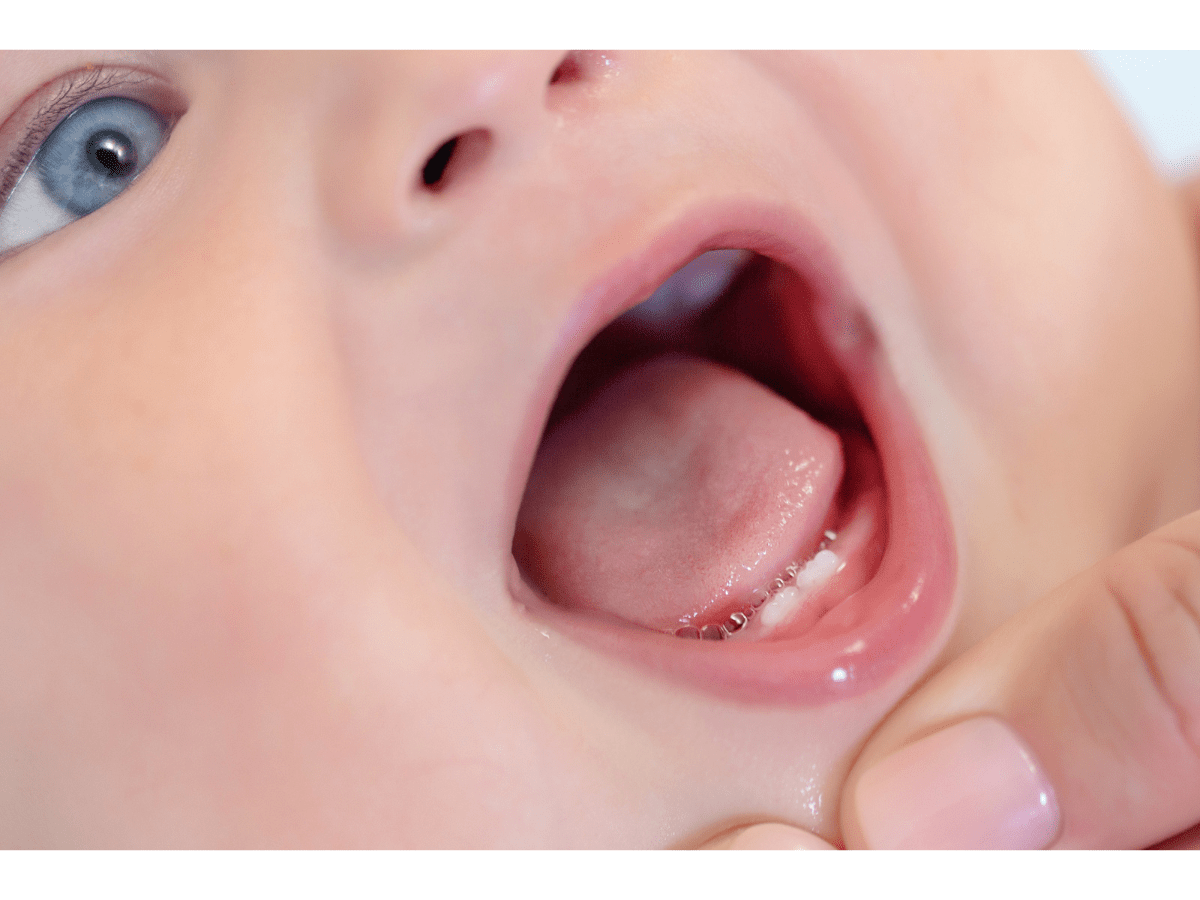Overview Of Teething pain
Teething pain is a common condition experienced by infants and toddlers as their primary (baby) teeth begin to emerge through the gums. This process typically starts around 6 months of age and continues until about 2–3 years old. Teething can cause discomfort, irritability, and mild symptoms such as drooling, gum swelling, and a desire to chew on objects. While teething is a natural developmental milestone, it can be distressing for both the child and parents. Understanding the symptoms and safe management strategies helps alleviate discomfort and ensures the child’s well-being during this phase. ---
Symptoms of Teething pain
- The symptoms of teething pain vary but often include irritability, excessive drooling, and a tendency to chew on objects. The gums may appear red, swollen, and tender to the touch. Some children may experience mild fever, disrupted sleep, or changes in eating patterns. While teething can cause discomfort, it is important to note that high fever, diarrhea, or severe symptoms are not typically caused by teething and may indicate another underlying condition. Recognizing the typical signs of teething helps parents provide appropriate care and reassurance. ---
Causes of Teething pain
- Teething pain is caused by the eruption of primary teeth through the gums. As the teeth push through the gum tissue, they create pressure and inflammation, leading to discomfort. The process involves the breakdown of gum tissue to allow the teeth to emerge, which can cause localized irritation. While teething is a normal part of development, the severity of symptoms varies among children. Factors such as the timing of tooth eruption, the child’s pain tolerance, and individual differences in gum sensitivity can influence the experience of teething pain. ---
Risk Factors of Teething pain
- Teething is a universal developmental process, and all infants experience it as their primary teeth emerge. However, the severity of symptoms can vary. Factors such as genetics, the timing of tooth eruption, and the child’s overall health may influence the level of discomfort. Premature infants or those with delayed tooth eruption may experience teething at a later age. While teething itself is not preventable, understanding the process and providing supportive care can help manage symptoms effectively. ---
Prevention of Teething pain
- Teething is a natural process and cannot be prevented, but its symptoms can be managed effectively. Providing safe teething toys, such as silicone rings or chilled (not frozen) washcloths, helps alleviate discomfort. Maintaining good oral hygiene by gently cleaning the gums and emerging teeth with a soft cloth or infant toothbrush promotes healthy dental development. Avoiding sugary foods or drinks prevents early childhood cavities. Educating parents about safe teething remedies and recognizing atypical symptoms ensures proper care and reduces unnecessary concerns. ---
Prognosis of Teething pain
- The prognosis for teething pain is excellent, as it is a temporary and self-limiting condition. Symptoms typically resolve once the tooth has fully erupted through the gum. Most children adapt well to teething with supportive care, and the process does not cause long-term harm. Providing comfort and reassurance helps the child cope with the discomfort. Parents should monitor for any unusual or severe symptoms and seek medical advice if concerns arise. Early and appropriate management ensures a positive experience for both the child and caregivers. ---
Complications of Teething pain
- Teething itself does not cause serious complications, but the associated discomfort can lead to challenges such as disrupted sleep, irritability, and changes in feeding patterns. In rare cases, excessive chewing on hard objects may cause minor injuries to the gums or mouth. Parents should avoid using teething necklaces or amber beads, as these pose a choking hazard. Severe symptoms, such as high fever or diarrhea, are not caused by teething and may indicate an underlying illness requiring medical attention. Proper care and monitoring prevent complications and ensure the child’s safety. ---
Related Diseases of Teething pain
- Teething pain is a normal developmental process and is not considered a disease. However, it can be confused with other conditions that cause similar symptoms, such as ear infections, viral illnesses, or oral thrush. High fever, diarrhea, or severe irritability are not typical of teething and may indicate other health issues. Understanding the distinction between teething and other conditions is important for accurate diagnosis and management. Providing supportive care for teething ensures the child’s comfort and well-being. ---
Treatment of Teething pain
The treatment of teething pain focuses on providing comfort and relieving symptoms. Safe and effective strategies include giving the child a clean teething ring or cold washcloth to chew on, which helps reduce gum inflammation. Gentle gum massage with a clean finger can also provide relief. Over-the-counter pain relievers, such as acetaminophen or ibuprofen, may be used in consultation with a pediatrician for severe discomfort. Topical teething gels or homeopathic remedies should be used with caution, as some products may contain harmful ingredients. Avoiding unsafe objects, such as small or sharp items, prevents choking or injury. ---
Generics For Teething pain
Our administration and support staff all have exceptional people skills and trained to assist you with all medical enquiries.

Benzocaine
Benzocaine

Rhubarb 5% + Salicylic Acid 1%
Rhubarb 5% + Salicylic Acid 1%

Benzocaine
Benzocaine

Rhubarb 5% + Salicylic Acid 1%
Rhubarb 5% + Salicylic Acid 1%


